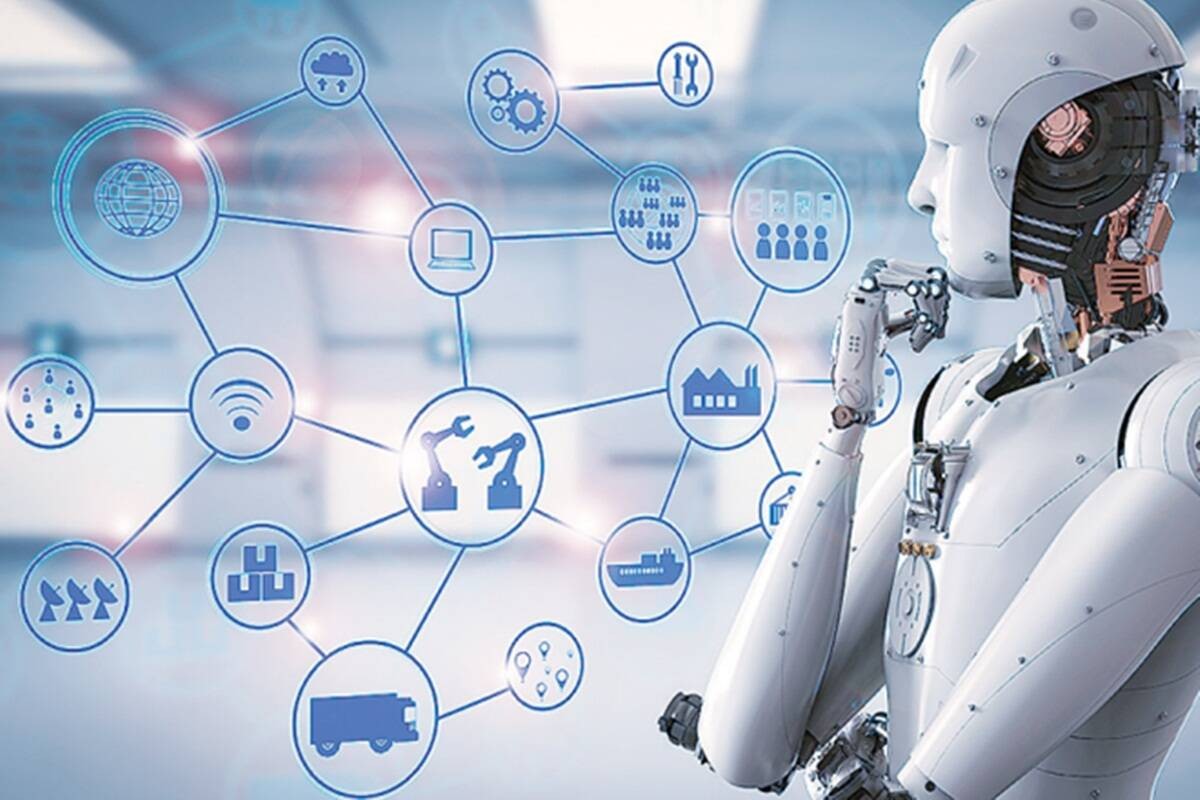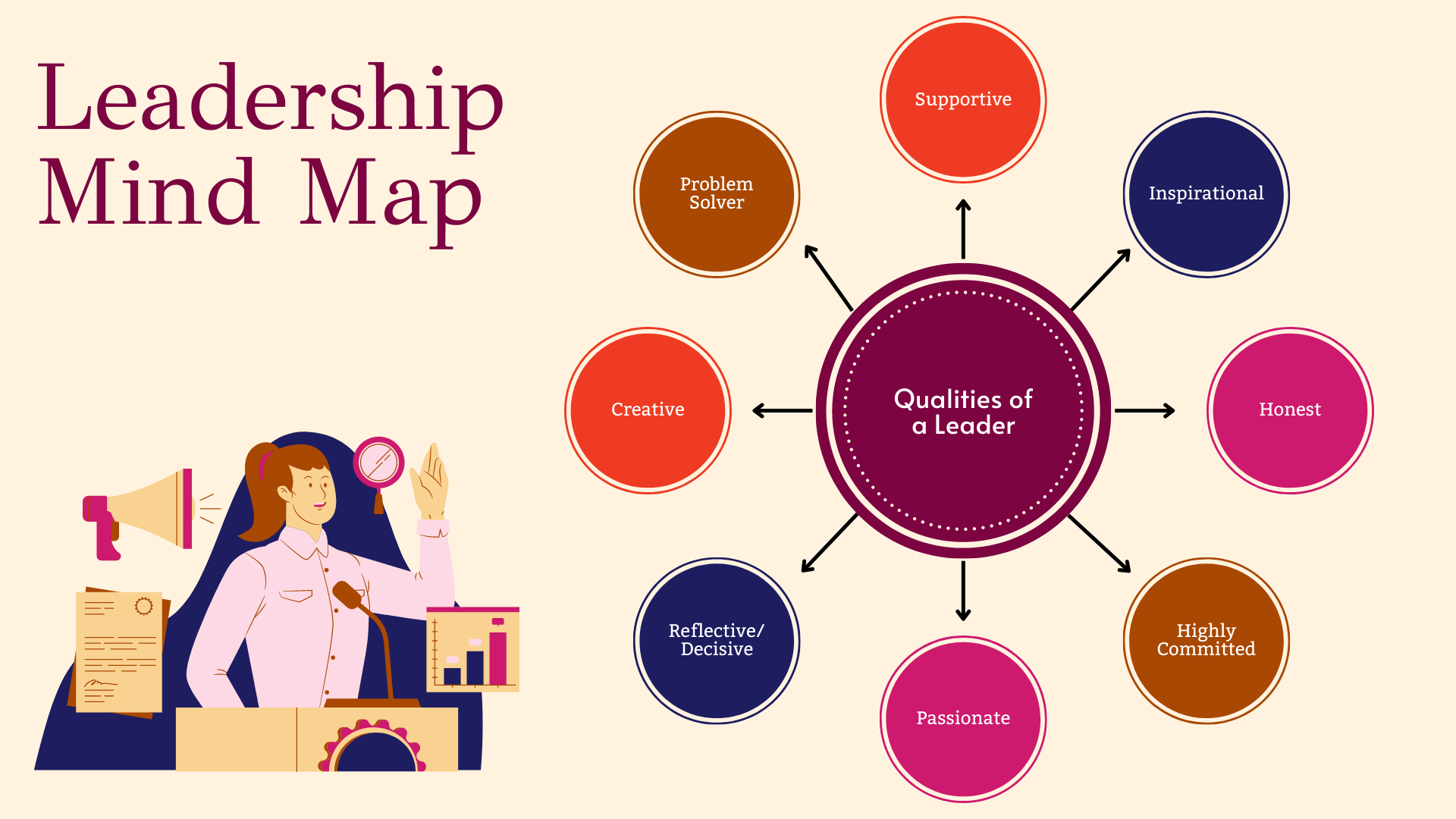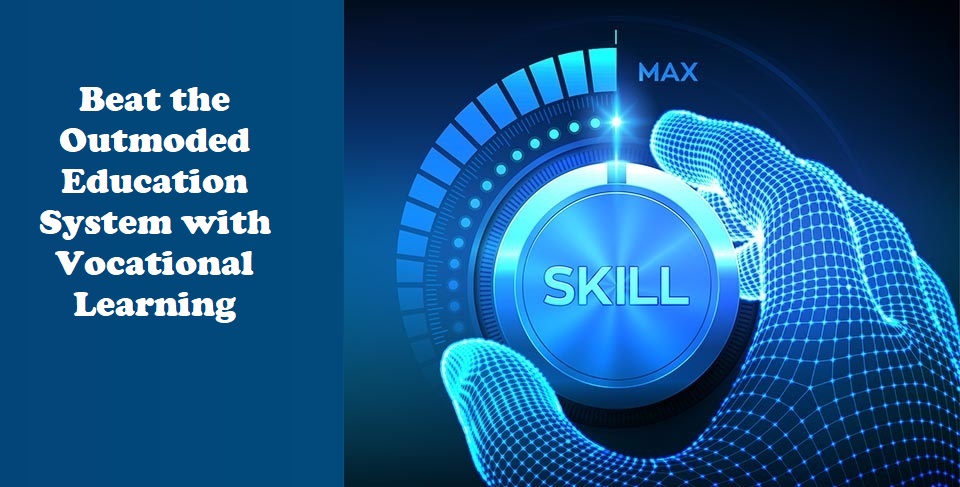Dave Waters once precisely stated, “Predicting the future is not magic, it’s AI”. Artificial Intelligence is the next biggest thing of our future and perhaps the last invention that humanity will ever need to make.
Let us start by simply understanding how we define AI in today’s context.
It is the branch of science and engineering which makes machines intelligent. Humans have always aimed to use AI to develop computer systems, robots, and finally, humanoids that process data to perform “intelligent” tasks as humans do: thinking and perceiving, visualizing and acting, understanding human language, reasoning, and decision making. Machine learning is one way of building such systems that are based on providing the computer with examples of what it should do, and then letting it figure out how to do it.
What makes AI different from Human Intelligence?
This intelligence is different from humans in regards to consciousness involved in decision-making, self-control, and understanding human situations and emotions.
Artificial Intelligence lays the foundation stone for Machine Learning, Statistics, and Data Mining.
- Machine Learning:
It is a branch of AI that uses preprogrammed instructions and machine learning algorithms to predict or reinforce an outcome of the data analyzed
The main application of Machine Learning is as follows-
Ongoing trends and behaviors of any industry are compared to various operations within a company. Collecting and building correlation among the recurring patterns, devising strategies to improve the previous iteration, to conclude and obtain the best possible solution out of them. This is the summary of machine learning and it’s working.
Machine Learning is divided mainly into 4 categories–
- Supervised Learning–
This sticks to its goal of providing input data and obtaining the correct output based on examples already provided to it. No extra endeavors are made by the program to discover hidden patterns in the midst of the data provided.
- Unsupervised Learning–
This uses AI to identify and follow all patterns with similarities and contrasts amongst data sets to obtain a refined data fit for our use.
- Semi-supervised Learning–
A small ratio of data is already categorized and then labeled. The machine only needs to understand the features of the labeled data and then proceed with classification in accordance with the preceding ones.
- Reinforcement Learning–
By past experiences, practices and training, a machine using learning algorithms takes note of worldwide developments and collects information. Then it interacts with the environment to analyse what practices can maximize or minimize the effects of the future predictions. Timely intervention and actions are a product of Reinforcement Learning.
- Statistics:
Statistics is a pack of calculative tools that help us to reach a common conclusion from random raw data
- Descriptive statistical methods are used to transform diverse observations to obtain a result that is useful in our analysis.
- Inferential statistical methods empower one to decipher, describe, draw inferences from the repetitive data. Through inferential statistics, an individual can come to a proper conclusion about the recent occurrences in the targeted population by analysing small samples of data and applying the results to the whole domain.
- Data Mining
Data mining is a process of extracting information and discovering patterns from databases, Intelligent Processing (carried out by artificially intelligent machines) to reach up to a visualization that serves as a call to future planning and actions. The intersection of machine learning, statistics, and database systems is responsible for transforming the information into a comprehensible structure that can be implemented henceforth.
Artificial Intelligence has evolved from Science, Computers, and Arts.

The Ecosystem of AI
Artificial Intelligence and its Types-
A machine can have Narrow or Weak AI or can be strongly efficient like human beings i.e. possess Strong AI
Artificial Intelligence is broadly classified into different types based on functionalities-
Reactive Machines, Limited Memory, Theory of Mind, Self-aware, Artificial Narrow Intelligence (ANI), Artificial General Intelligence(AGI), Artificial SuperIntelligence(ASI), and Deep-Learning.
- Reactive Machines:
Primitive machines react to what they perceive without giving a second thought or apprehending the situation encountered twice. These machines cannot think or learn.
They do not possess the capacity to learn from their past experiences or by practicing tasks handled repeatedly any number of times. They can’t remember or decide their past and future.
- Limited Memory:
The ability of the machines to learn and extract previously saved information, data, facts and gain better insights from previous encounters to make appropriate predictions which help in better developments is categorized in “Limited Memory”. The word “limited” is used because this data will not hold good after a short span of time as recent findings will have to be added.
- Theory of Mind:
Mental capabilities help us in recognizing and manifesting vision, sound, smell, touch to having thoughts, feelings, desires, emotions, intuitions in response to a particular occurrence. To be able to perceive, understand, infer and act according to your perception of that situation is governed by the Theory of Mind.
To make machines think like humans is to make Synthetic Intelligent Systems by instilling a bit of moral conscience in them.
- Self-aware:
These are units that can form ‘representations of themselves’ or form ‘self-simulations’.
Self-Awakening or a feeling of being aware both externally and internally as to how and what to do, and learning from previous experiences and then adopting various transformations will be becoming “Self-Aware”
Creating self-awareness is an important parameter that will decide our progress with Operating Systems and AI.
- Artificial Narrow Intelligence (ANI):
ANI or Weak AI refers to a program encoded to execute a single task or action with command and ease. Undertaking a specific mechanism or performing a real-time analysis all based on the same guidelines are grouped under narrow AI This is because they work in a predetermined format that is data-driven. General Wisdom or Capability to Innovate is not present in the machines humans deal with in their present day-to-day life.
- Artificial General Intelligence (AGI):
Today’s AI will gradually evolve to become AGI in the upcoming years. Many tasks currently performed by human beings are beyond the understanding of machines.
In case we want to achieve this next milestone, machines have to command themselves in self-creativity and self-learning like humans. Problem-solving and being able to Socialize with humans is another part on which we need to work arduously to make Self-Sufficient operating systems.
We need to inculcate human cognitive abilities in software so that when faced with an unfamiliar task or situation, the machine-assisted by AI can find a solution for itself.
- Artificial SuperIntelligence (ASI):
It is the hypothetical AI that we dream of which can outperform human beings. “SuperIntelligence”, as the word itself says, is intelligence that is likely to surpass all cognitive abilities a human has. Machines with ASI will become self-aware in every aspect and will operate as autonomous units independently.
- Deep-Learning:
A machine learning technique that has always been strategizing to teach computers to do what comes naturally to humans i.e. cognitive thinking and learning from examples. Also known as structured learning because it uses artificial neural networks trying to mimic humans by feature learning. This technique is commonly used in-
- Facial and Speech Recognition.
- Automate Simple and Repetitive Tasks.
- Data Intake.
- Chatbots.
- Bioinformatics and Drug designing
- Determination of various compounds or materials
- Cloud Computing
- Quantum Computing.

Today’s Scenario & Some Daily Life Applications
Modern machine endow their newfound capabilities to AI some of which are as follows-
- Successfully understanding human speech and converting it to machine language (famous eg is Alexa, amazon echo and google assistant, Cortona by amazon, Siri by apple) by virtual assistants.
- Competing at the highest level in strategic game systems (such as chess and Go)
- Using computer vision to identify new data and visuals.
- Information and location provider applications (examples include Arogya setu)
- Transportation (Self-driving cars, autopilot plane)
- Intelligent routing in content delivery networks
- 5G technology + AI (combination that will lead to development of more innovative technologies in future)
- Analyzing signals and telecommunication.
- Military simulations
- Machines used in medical technology have sensors installed in them which use AI to monitor changes in human conditions from time to time.
- Searching and collecting data regularly and analyzing its authenticity (Data analysis)
- Carrying out basic calculations with the help of algorithms.
- Predicting Stock market
- Protect us against Data breaching and tell us the difference between robots and humans
- Sensing and detection work in laboratories, automated instruments, and devices used for testing (biometric analysis).
- Banking sector (online payment)
- Visual search (google lens)
- Microsensors (air pollution and quality, noise pollution, speed detection)
- Machine learning-based searches like Rankbrain by Google, providing recommendations
- Disease mapping and other prediction tools like volcano and earthquake
- Robots and Drones, their manufacturing and operations
- Evaluation, optimization, planning, and scheduling
- AI in the education sector(Organizational and structural tools).
Branches Of AI
The branches of AI extended to Machine Learning, Neural Networks, Expert Systems, Robotics, Fuzzy Logic, and Natural Language Processing.
- Machine Learning is a method of collecting and analysing the data using algorithms, classifying and building networks in the same way humans do, to improve the system’s functioning and accuracy. The principle of working is making systems learn from the previous sets of observations, identifying patterns, and letting them make decisions without or minimal human intervention in between. To learn by self, step by step, by searching, understanding, and in the process developing solutions to complex problems themselves is what we want to achieve through Machine learning assisted by AI
We are trying to train machines to recognize patterns and provide timely information beforehand about cyberattacks, disasters, vulnerabilities, and other predictions which require advanced preparation for our secure future.
- Neural Networks are built through a series of algorithms that try to mimic the functioning of neurons in the human brain.
Like the brain, they are interconnected by processing elements that learn through various types of learning governed by various nodes responsible for input and output working in a feedback loop.
Mostly used are binary values, ordered values, and integral values for carrying out calculations through perceptrons in between layers of neural networks. They adjust until our result turns out to be 99% correct and fit for practical usage.
- Expert Systems in Artificial Intelligence, are systems that are developed to resolve and perform complex analysis in a particular field in which they ought to have expertise at extraordinary levels in completing the specified tasks better than a human expert. Execution is carried out unconventionally i.e. both logically and heuristically.
Characteristics of Expert Systems are-
- High performance
- Understandability
- Dependability
- Quick Responsiveness
Some examples of Expert Systems are-
- PIXES
- MYCIN
- DENDRA
- CADET
- Robotics study is undertaken to accomplish the mission of creating efficient Robots that can operate independently in the Real physical world. A combination of Electrical Engineering, Mechanical Engineering, and Computer Science along with AI is required to design and optimize to gain complete control on five primary areas of Robotics that are-
- Operator interface.
- Mobility or Locomotion.
- Manipulators and Effectors.
- Programming.
- Sensing and Perception.
Application and coordination among all of these fields listed above will decide the proficiency of the Robot in its real-life working schema. E.g. Kismet, Robonaut.
- Fuzzy Logic imitates the way by which humans carry out their decision-making process. It covers all “degrees of truth” that lies between our two digital values of “Yes” and “No”.
The range extends to all probabilities that can be-
- CERTAINLY YES
- POSSIBLY YES
- CANNOT SAY
- POSSIBLY NO
- CERTAINLY NO
The reason behind this is when in uncertainty no possibility should be ruled out while drawing the final output or coming to an appropriate conclusion. In demand of high accuracy and for commercial purposes use of fuzzy logic is highly advisable.
- Natural Language Processing(NLP) is the feature of machines that enables them to understand and communicate in the human language.
Carrying out Translations, classification of speech, its recognition, deriving the hidden meaning, checking spelling and grammatical errors, inter-converting speech, and text into each other
Working by NLP in a stepwise format is as follows-
- Lexical Analysis
- Syntactic Analysis
- Semantic Analysis
- Disclosure Integration
- Pragmatic Analysis
OUR AIM
Artificial Intelligence is nothing but the training of machines. The training is in such a manner that they learn to think and behave like biological beings do (show natural intelligence).
Humans aim at creating machines skilled with intelligent action similar to humans at the cognitive level and performing everyday functions like reasoning, learning, and problem-solving.
Becoming more expert, faster, and better than human beings in tasks assigned to them. The Turing Test has been used in AI for determining whether a human is equal to an Artificial Intelligent Machine or not in every aspect. No machine has passed this test up till now.
Future and Scope
Artificial intelligence is transforming the way we live, design, and build.
The effects of AI will be widely felt across all aspects of our daily lives by 2050. It is the unseen future of our lives.
- Development of cognitive capabilities in the look-alike human robots.
- Advanced programming and intelligent systems will outgrow previous obsolete versions of the technology
- 47% of the work done by humans will have been replaced by robots by 2037. Many jobs will be lost to Artificial Intelligence and nanotechnology as they will replace human employees but new jobs will be created that will become necessary to monitor and coordinate intelligent machines and systems.
- Evolution of transport will take place – high-speed technology with zero emissions will give rise to Hyperloops, Development of Vertiports and air taxi hubs (Skyports) in our world. The Third Dimension will also open up new possibilities for transit.
- Human-free construction process where projects can be managed remotely. Drones will be flying overhead scanning the site, sending instructions to robotic cranes, diggers, and automated robotic builders while reporting all the latest developments to the coordinator.
- Soon we will be using robotically enhanced exoskeletons and neural-control technology. This will especially help armed forces to maintain connections with each other and fight battles with ease. We can control and direct machines to work according to humans. This is also known as AI/Human Augmentation.
- And finally, the singularity comes into play. Singularity represents a point where Human Intelligence and AI merge. Human intelligence will undergo an extensive integration with AI i.e. form a symbiotic relationship. AI will be empowered by the human talent for creative and lateral thinking, while humans will become super-beings without any limitations by AI’s memory and rapid computing. These design implications or consequences are very hard to guess. In other terms, we may begin to create designs we can’t yet even imagine.

How useful was this post?
Click on a star to rate it!
Average rating 5 / 5. Vote count: 5
No votes so far! Be the first to rate this post.








